Among Yellowstone land mammals, pronghorns are among the most unique, rivaling even bison.
At first glance in, say, the Lamar Valley or around the North Entrance, they resemble deer, lazily munching forbs in the distance. But at the first instance of alarm, with the nascent threat of a wolf or an eagle or a pack of coyotes—WHOOSH!—off they go.
At one time, pronghorns were known as antelope, a misnomer originating from the Lewis and Clark Expedition, when the animal was first described for Easterners. They have been around far longer, of course. Members of the Antilocapridae family, modern day pronghorns are the only extant species of this unique family, which roamed the North American continent for more than a million years. In fact, the closest living relative to pronghorns are giraffids such as the giraffe and the okapi.
These artiodactyl animals (that is to say, these even-toed ungulates) are not as numerous as bison or elk in Yellowstone National park, so cherish the opportunity, if you come across one or more in your travels.
Basic Facts
- Scientific name: Antilocapra americana.
- This translates to “American goat-antelope.”
- Interestingly, it is neither a goat nor an antelope.
- Males called bucks, females called does, young called fawns.
- A buck weighs 100-125 pounds while a doe weighs 90-110 pounds.
- Measure 45-55 inches long, stand 35-40 inches at the shoulder.
- Can live up to 10 years in the wild.
- Both bucks and does have horns, but only buck horns are pronged.
Habitat
- Live in grasslands.
- Preferred summer habitat in Yellowstone includes Lamar Valley and Gardiner Basin.
- Preferred winter habitat in Yellowstone is found between the North Entrance and Reese Creek.
- Pronghorns migrate between summer and winter ranges—sometimes upwards of 150 miles in a single season.
Diet
- Forage on sagebrush, shrubs, and forbs.
- Don’t eat grasses often as an adult; fawns will sometimes eat grasses as they make for easier eating.
- Have also been known to eat lichens, locoweed, lupine, and poisonvetch; the last three are toxic to ungulates.
- Wildlife biologists theorize the pronghorn’s enormous liver (twice the size of a domestic sheep liver) helps them filter out toxins more efficiently.
Behavior
- Winter herds encompasses different age tiers and include members of both sex.
- In spring, herds split into small bands of females, one to five-year-old bachelor males, and old solitary bucks.
- The first two live in home/foraging ranges between 1000-3000 acres big.
- Solitary bucks tend to forage in 60-1000 acre patches.
- Pronghorns have an interesting adaptation to worn fellow herd members against predators; when startled, or when they see a possible predator, they raise their rumps to display a “warning patch.”
- This bright white patch is visible for miles.
Reproduction
- Pronghorns breed from mid-September through early October.
- Males will emit snorts and wheezing coughs to warn other bucks against intrusion.
- When threats fail, pronghorns fight for dominance, using their horns to twist and push each other around.
- Fights are rarely fatal, with the “weaker” pronghorn retreating.
- Fawns are born in May or June; pronghorns birth one to two young a cycle.
- Newborns are grayish-brown, weighing six to nine pounds.
- Although they can walk 30 minutes after birth, fawns can’t outsprint a human for a couple days.
Numbers
- In the early 19th century, pronghorns were second to bison in numbers and range, with an estimated 35 million head running throughout the West.
- Like bison, pronghorns were decimated by habitat fragmentation and concerted hunting.
- Today, there are roughly 500,000 pronghorns in the West.
- Pronghorn numbers are subject to predation, disease, loss of winter ranges, and severe weather.
- Historically, Yellowstone’s pronghorn population has been subject to culls due to complaints of crop depredation and sagebrush degradation.
And Four To Go
- Capable of sprinting up to 60 miles-per-hour (some hold a more conservative estimate of 45-50 mph).
- Regardless, pronghorns are the fastest land mammal in North America.
- It is the second fastest mammal in the world, narrowly eked out by the cheetah.
- Pronghorns have a number of adaptations that let them run fast and well.
- Their huge windpipes and large heart, combined with a pair of big lungs, allows oxygen to easily circulate through the body.
- Keen vision also helps pronghorns see better as they sprint.
- Pronghorns are not good jumpers, however.
- The great ingenuity of pronghorns is that, while they can sprint quickly, they can also sustain long treks at half their sprinting speed.
 Yellowstone Insider Your Complete Guide to America's First National Park
Yellowstone Insider Your Complete Guide to America's First National Park
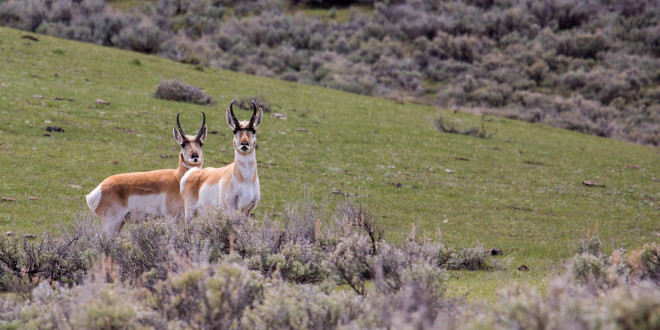
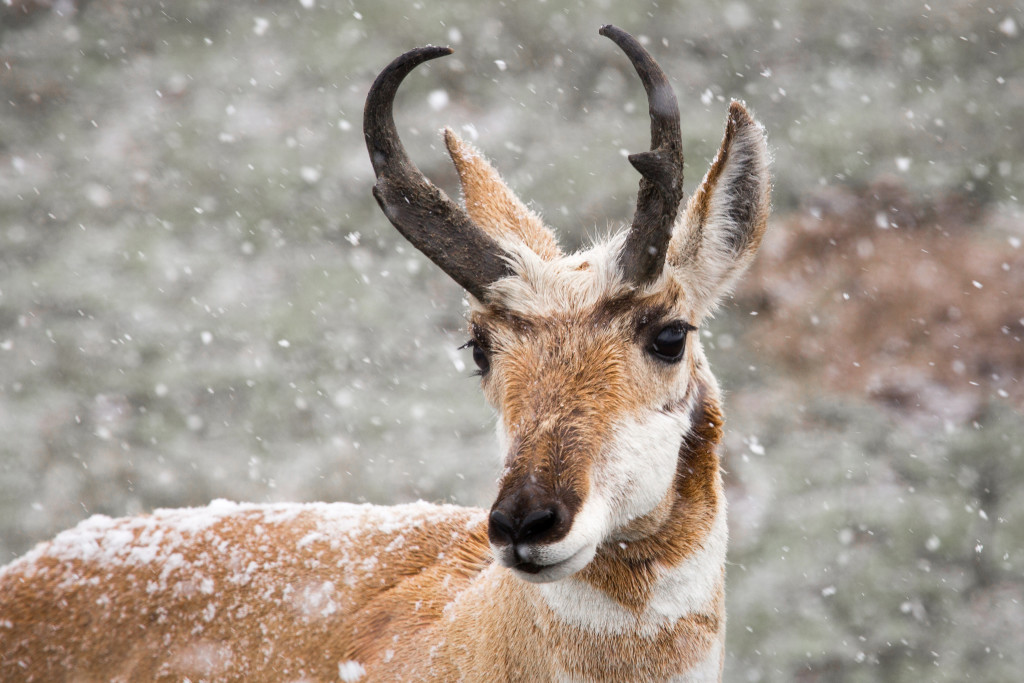
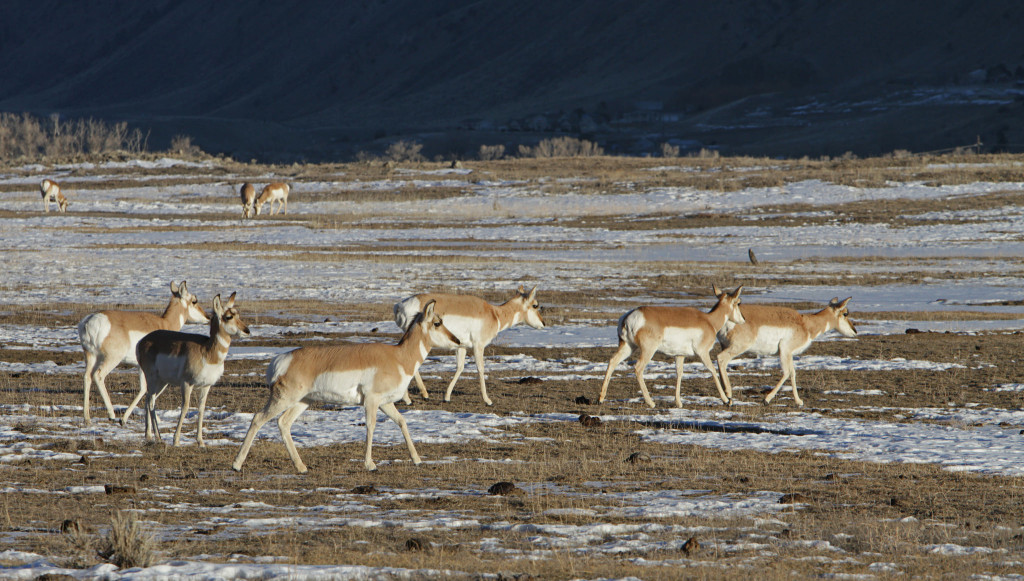
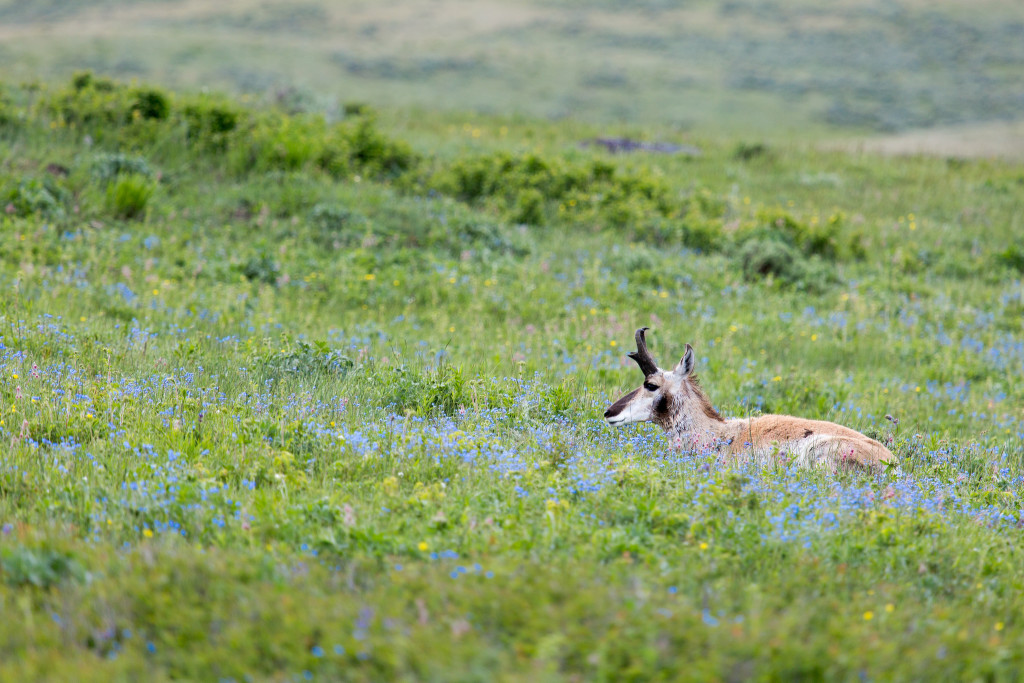




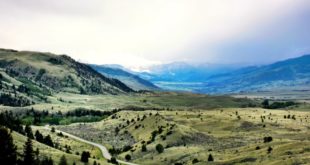
You must be logged in to post a comment.